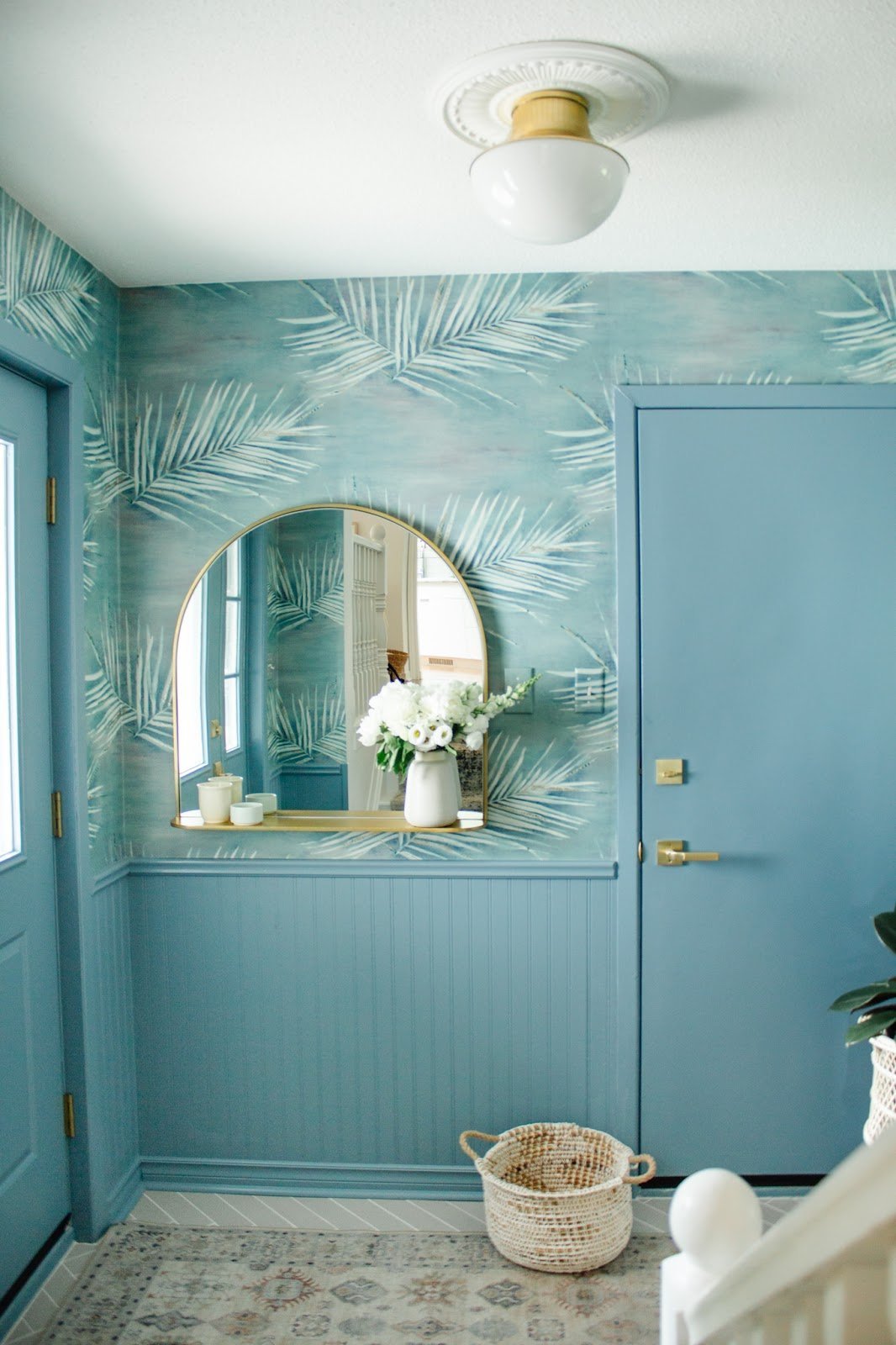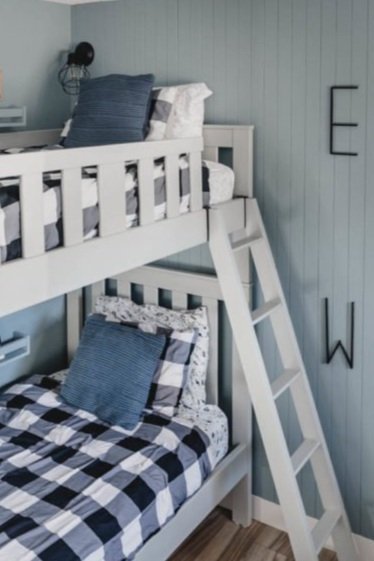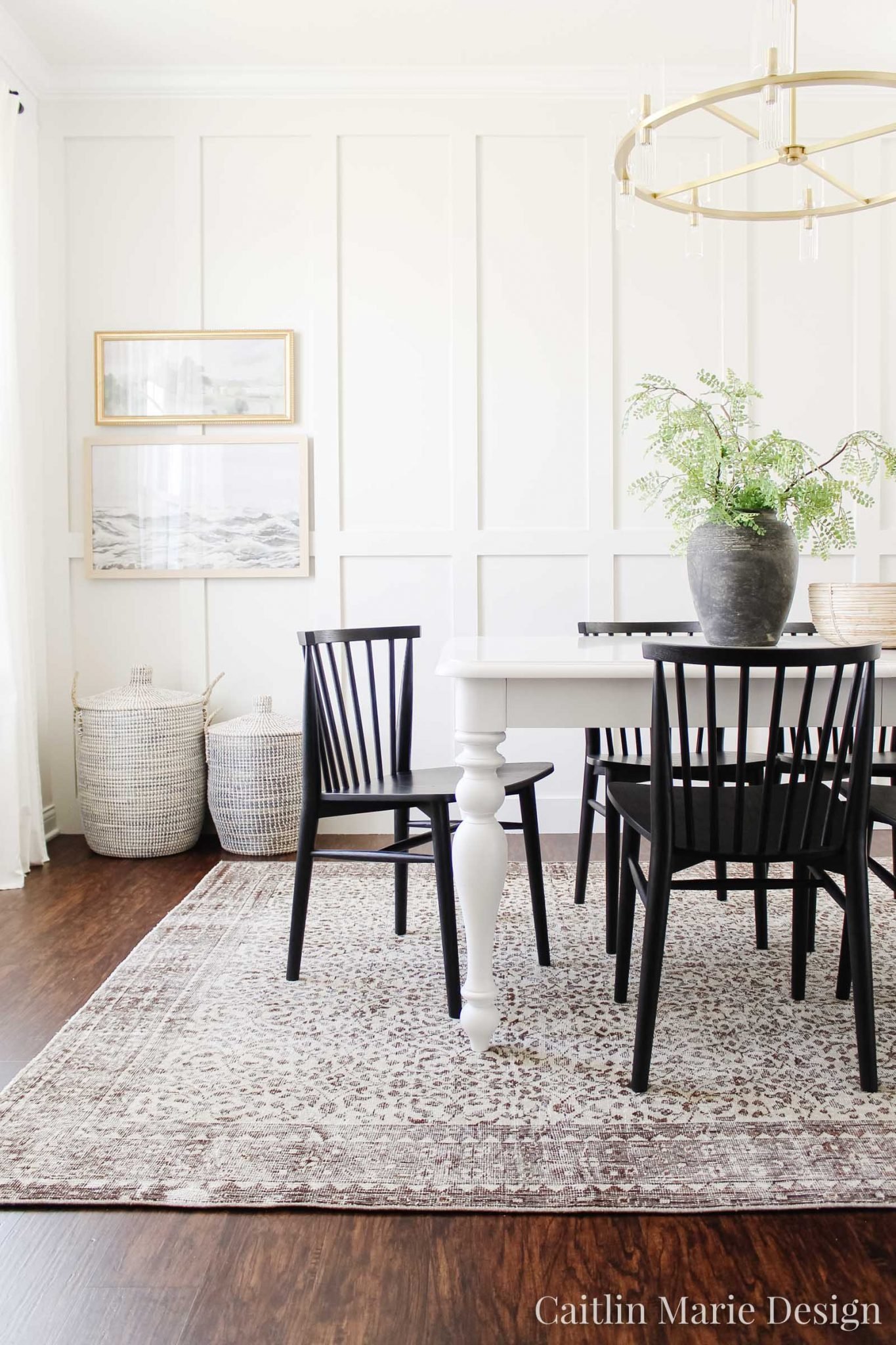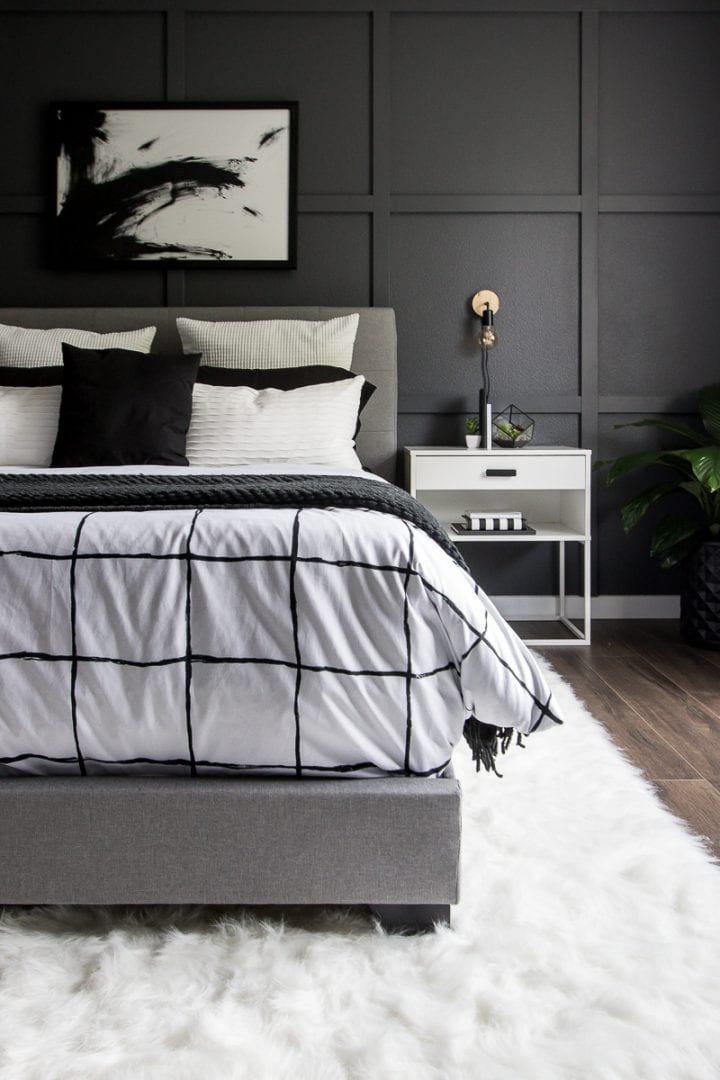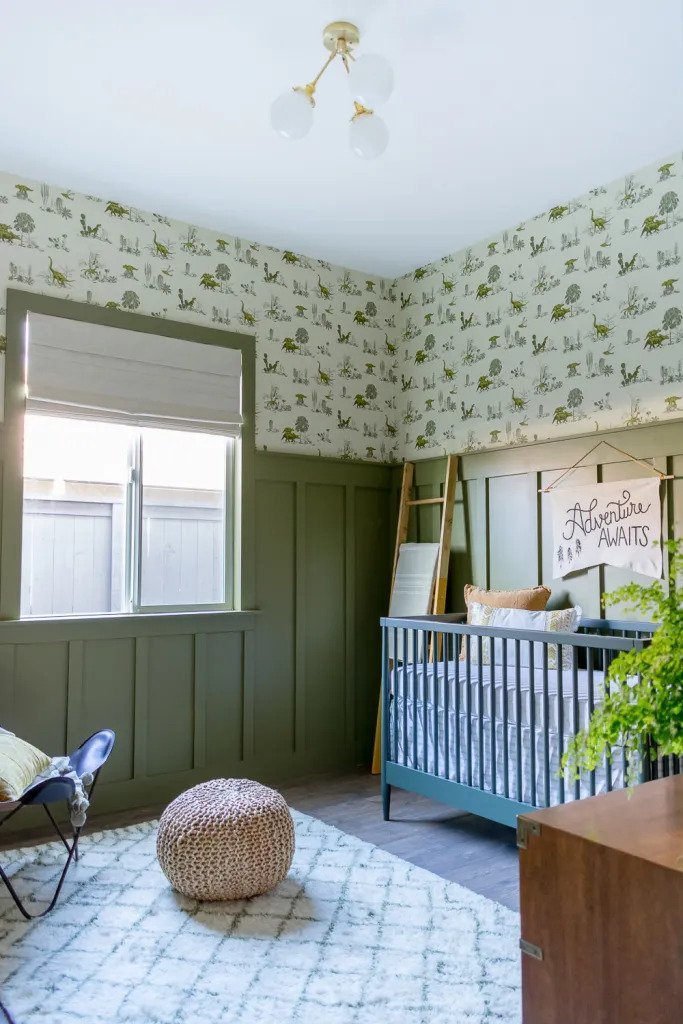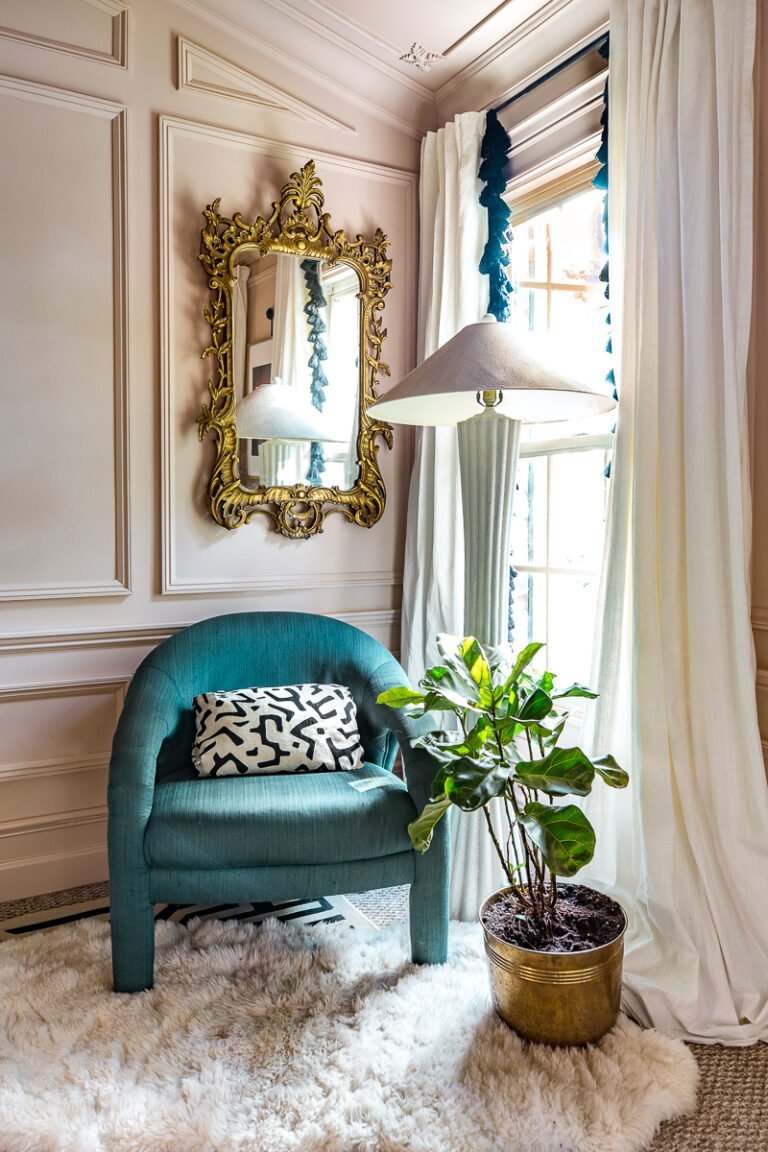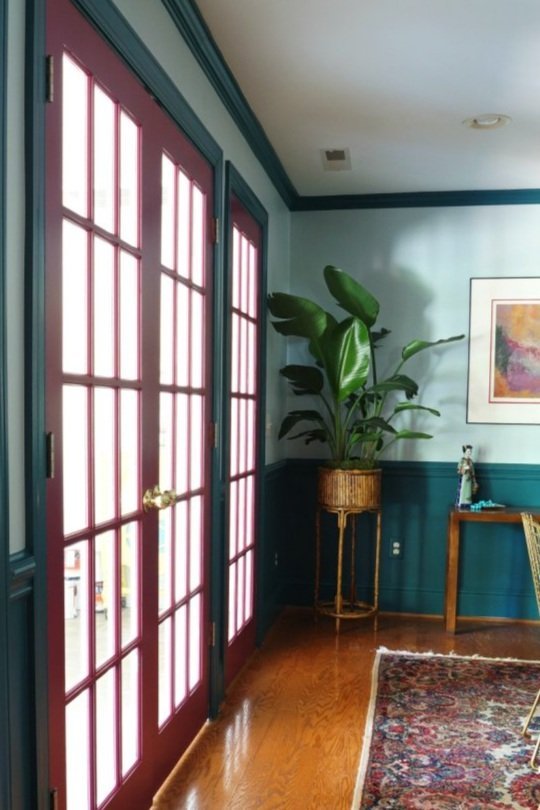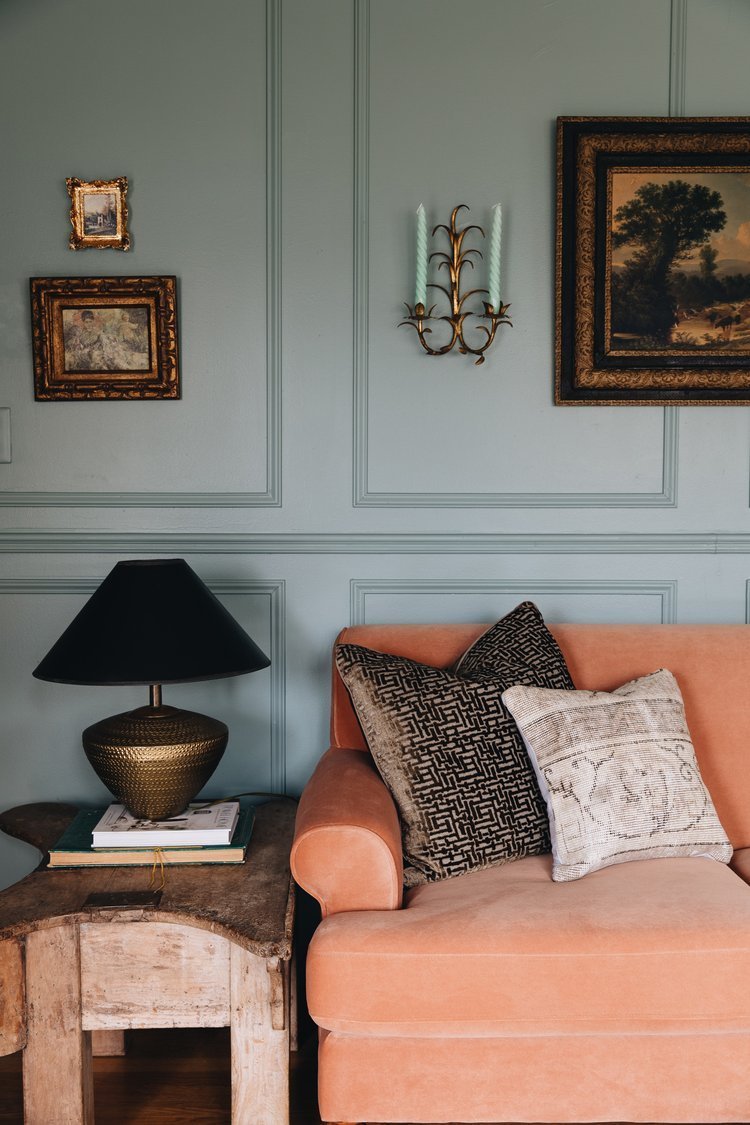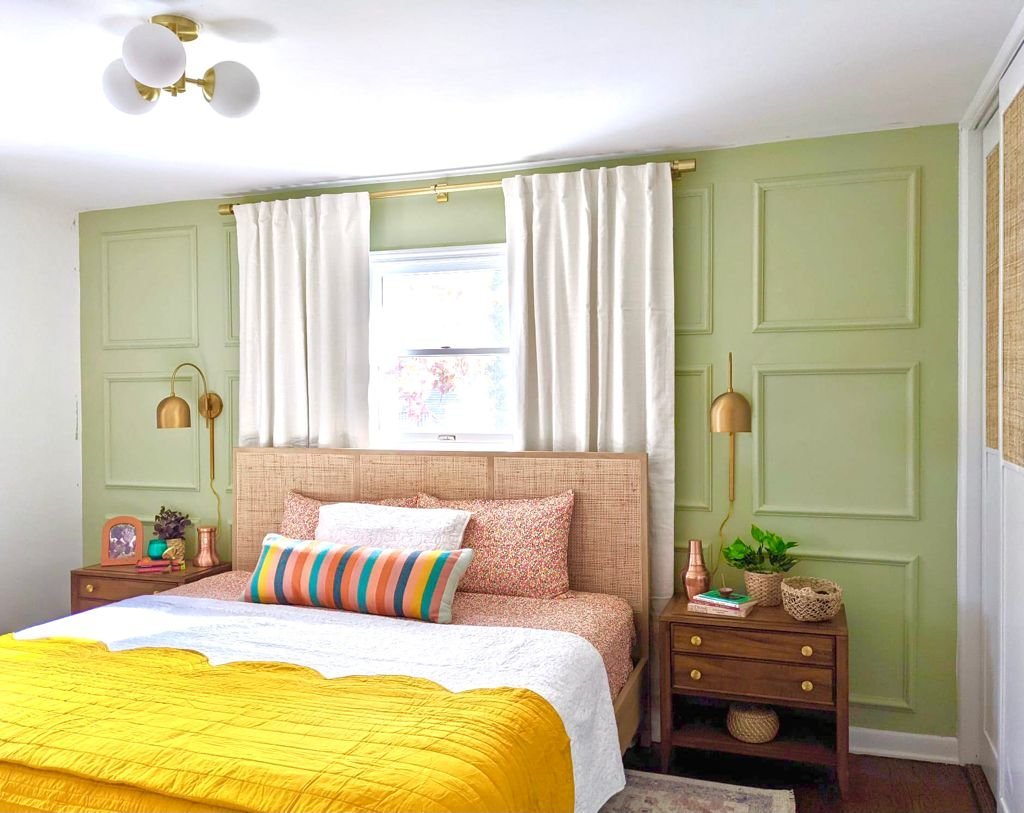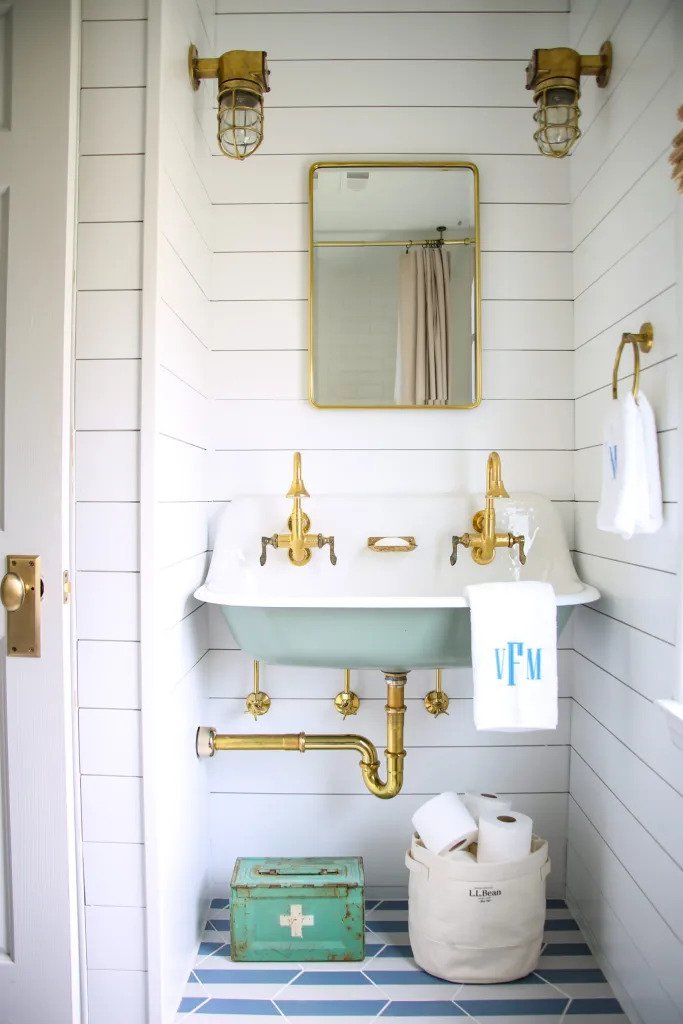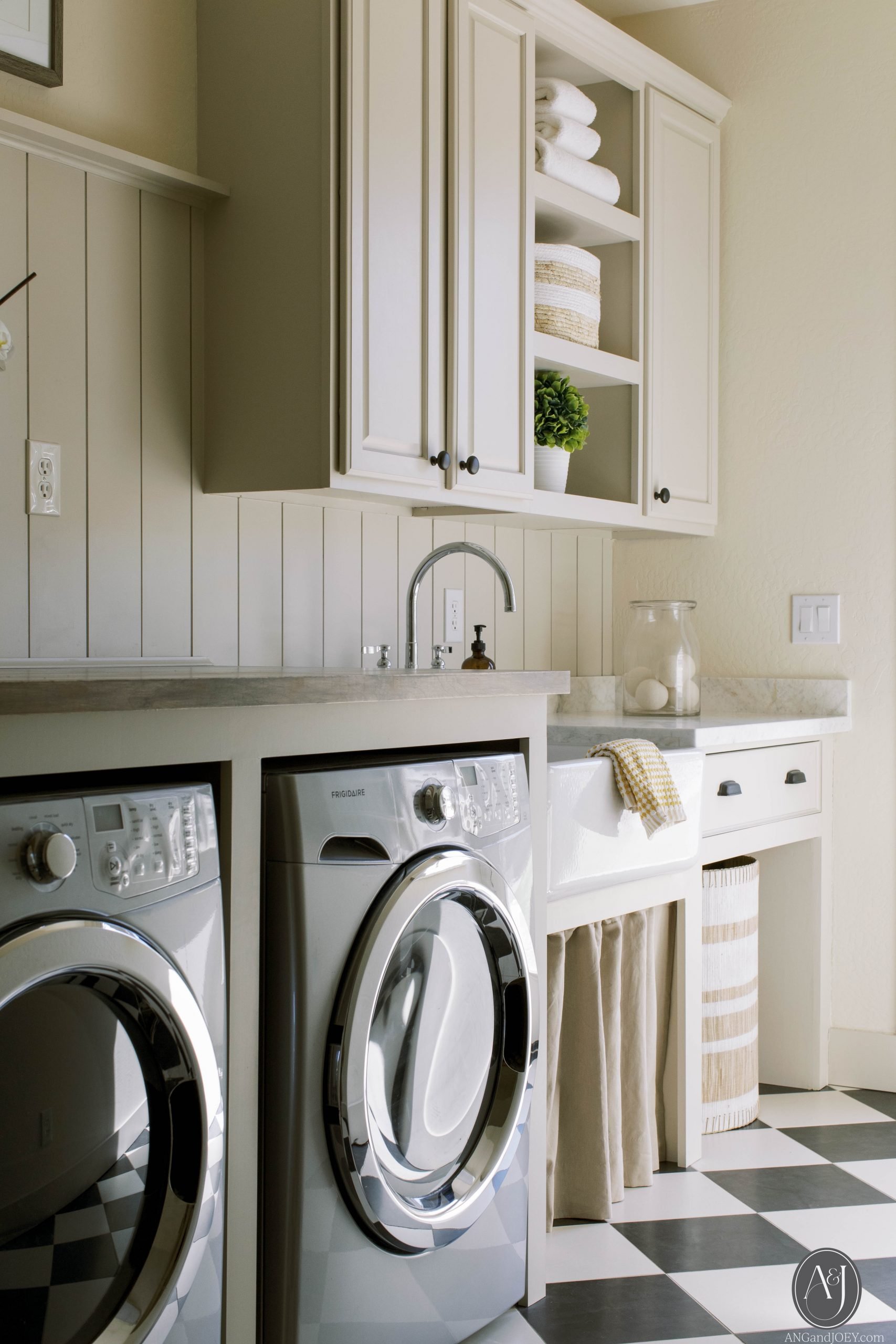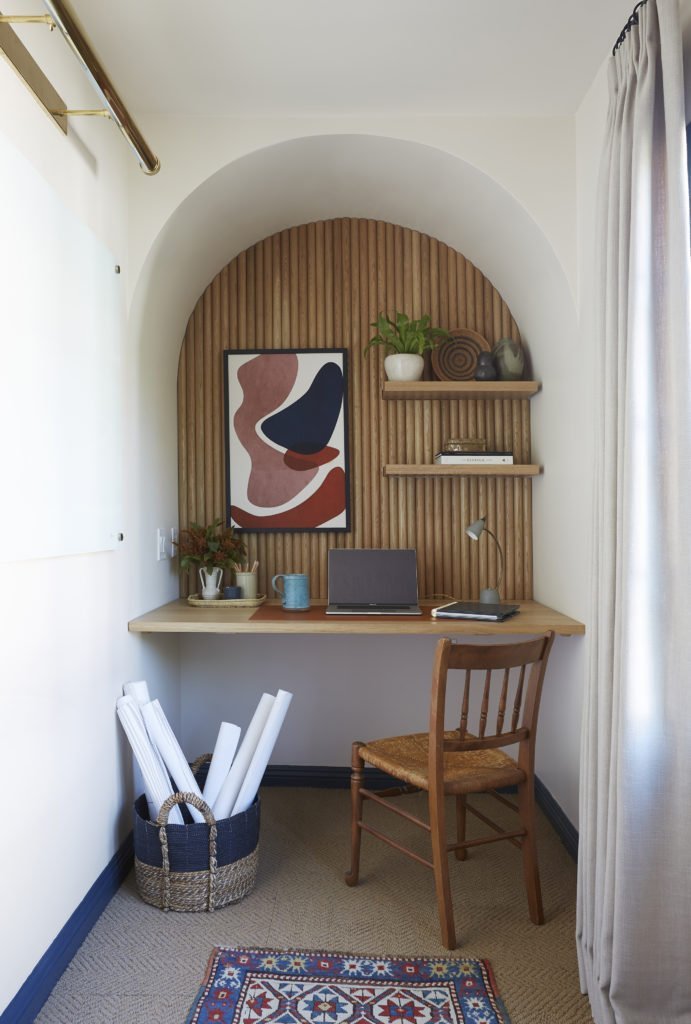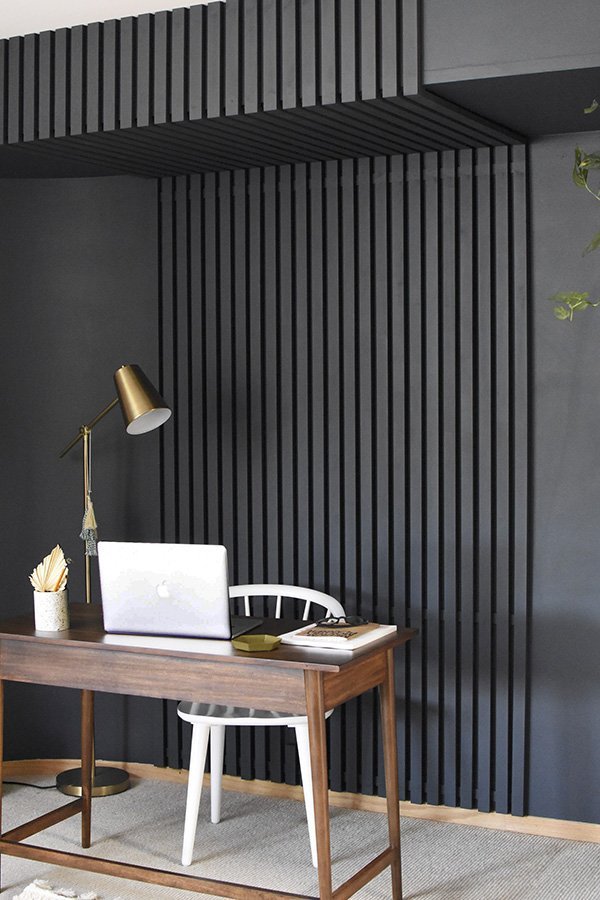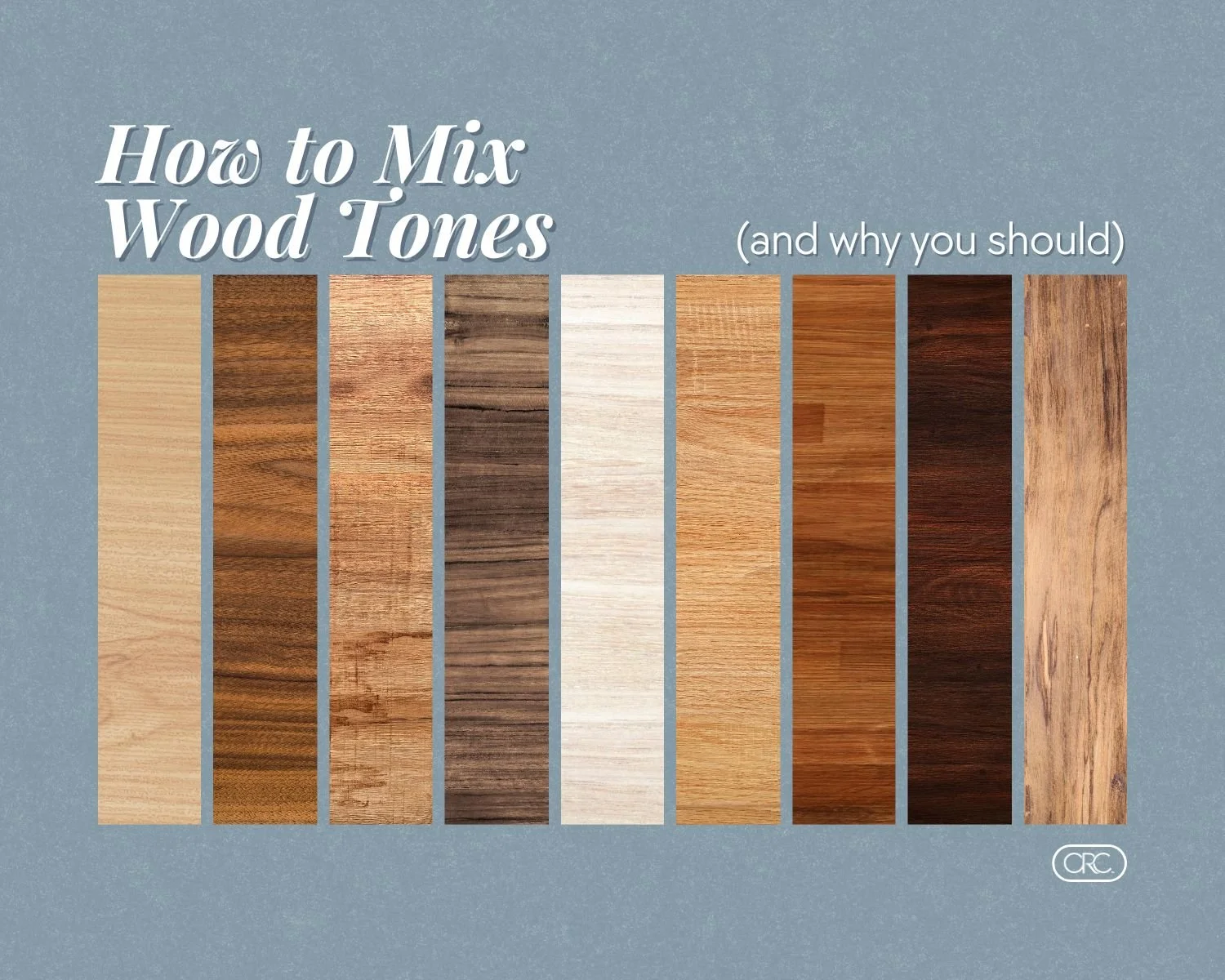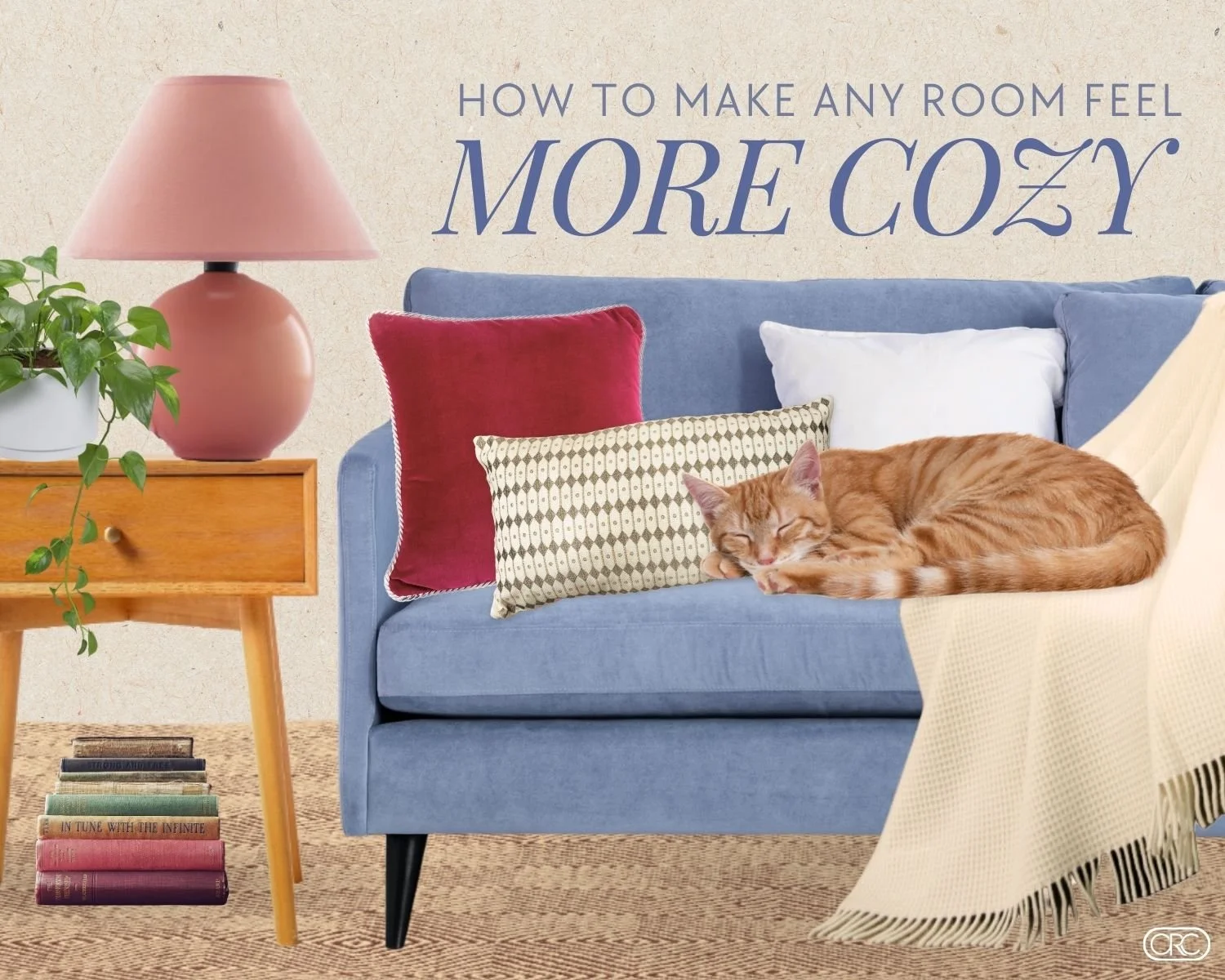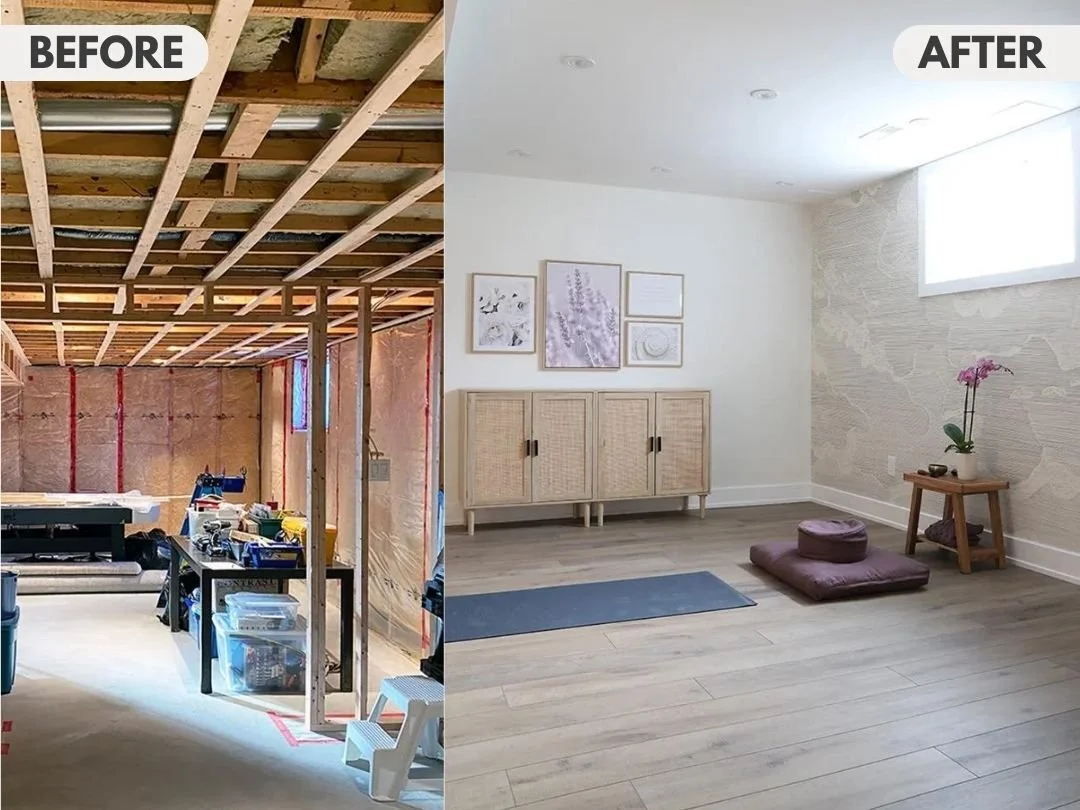ORC Encyclopedia: Types of Wood Wall Accents and Paneling
ORC Encyclopedia: Types of Wood Wall Accents and Paneling
STORY BY VIRGINIA BESHEARS
Crown moldings, baseboards, and door and window casings are standard architectural elements used in most houses. In addition to those, there are many types of wood accents and paneling you can add to your walls. Adding architectural elements to walls can elevate your space, add character and interest to empty space on walls, and make a room feel more complete.
The terms for the types of wall accents and panelings can be confusing (what the heck is wainscoting?), so here’s a handy rundown plus photos to help out anyone who’s understandably confused.
Millwork
“Millwork” refers to all the various elements in a room that were made in a wood mill, like flooring, doors, door casings, baseboards, and molding.
Molding
“Molding” is another umbrella term, referring to any strips of wood or other material that create architectural details. Originally, molding was used to hide joins or protect certain places on the walls, but today molding is mostly used purely decoratively.
The word “molding” is also frequently used to describe the specific style of trim work shown below.
PHOTO & CREDIT THE PINK PAGODA
Wainscoting
“Wainscoting” refers to wood paneling on the lower third of a wall. More specifically, wainscoting covers the wall from “chair height” down to the floor— it was invented to protect expensive plaster walls from damage if a chair were bumped into it. Wainscoting can be made of a number of different types of paneling, like shiplap, beadboard, etc., but will always have some kind of chair rail or trim at the top and baseboard at the bottom.
Board and Batten
Board and batten is a type of paneling with two components: the wide boards that go side by side, and the narrow battens that hide the seams between the boards. Board and batten can be used as exterior siding or as decorative paneling indoors. The boards and the battens can be in any size and configuration that suits your space.
Chair Rail
“Chair rail” refers to a single strip of molding that runs around an entire room at “chair height,” or about a third of the way up the wall. When chair rail is used, it is usually one component of a larger molding layout.
Picture Frame Molding
Picture frame molding is a purely decorative style of wall accent where strips of molding are hung in squares or rectangles (and look like giant picture frames). Picture frame molding is sometimes also referred to as “panel molding.” There are many different profiles/styles of trim you can use to create this look, and it will make a room feel elevated, or even more elegant and formal.
Picture Rail
Picture frame molding is not to be confused with “picture rail”, which is identical to chair rail but about two-thirds up the wall from the floor. It was originally meant for hanging photos or art without putting holes in the wall, but can also be purely decorative. Picture rail is less common than chair rail.
PHOTO & CREDIT INTERIORS FOR FAMILIES
Shiplap
“Shiplap” traditionally refers to rows of planks joined with a 90 degree rabbet joint between each board— a very sturdy type of join originally used to make ships, and then used as exterior siding on houses to protect against rough weather. The interior shiplap we know and love today doesn’t have the traditional practical use, but it certainly brings a handcrafted charm into a space in a very subtle way. Shiplap can be installed horizontally or vertically.
Slat Wall
Slat walls are exactly what they sound like— a wall or a space on a wall where wooden slats have been attached to the wall to bring some texture into the room. The slats can be vertical or horizontal, painted or left natural, and with your preferred amount of space between each slat.




